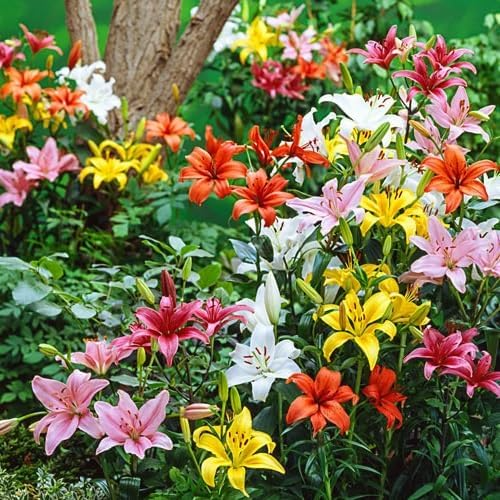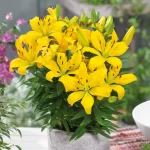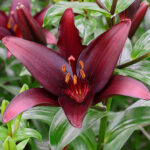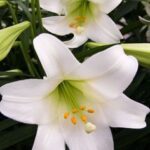Lilium, more commonly known as lilies, are one of the most popular and beloved garden flowers due to their stunning beauty and intoxicating fragrance. Cultivating these delicate flowers can be a rewarding experience, but it requires some careful attention and specific growing conditions. If you’re interested in cultivating liliums in your garden, here is a guide to help you achieve natural growth without the use of chemicals or pesticides.
1. Choosing the Right Variety: There are many different varieties of lilies, each with its own unique characteristics and growing requirements. When selecting a variety to grow in your garden, consider factors such as bloom time, color, and height. Some popular varieties of lilies include Asiatic lilies, Oriental lilies, and trumpet lilies.
2. Planting: Lilies should be planted in a well-draining soil that is rich in organic matter. Choose a sunny spot in your garden with at least 6-8 hours of sunlight per day. Plant the bulbs in the fall, before the first frost, at a depth of about 6 inches. Space the bulbs about 8-12 inches apart, depending on the variety.
3. Watering: Lilies require regular watering, especially during hot, dry weather. Keep the soil consistently moist, but not waterlogged, to prevent rot. Water the plants at the base to avoid getting the foliage wet, as this can lead to disease.
4. Fertilizing: Lilies benefit from a balanced, slow-release fertilizer applied in the spring when new growth appears. Avoid using high-nitrogen fertilizers, as this can promote lush foliage at the expense of blooms. Organic fertilizers, such as compost or compost tea, are a good option for natural growth.
5. Pruning: Deadhead spent flowers to encourage the plant to put energy into blooming rather than seed production. Once the foliage begins to yellow and die back in the fall, cut it back to the ground. This will help prevent disease and prepare the plant for dormancy.
6. Pests and Diseases: Lilies are relatively pest-resistant, but they can be susceptible to aphids, slugs, and snails. To control these pests naturally, try using insecticidal soap or diatomaceous earth. Keep an eye out for signs of fungal diseases such as botrytis or powdery mildew, and treat them promptly with organic fungicides.
By following these guidelines and practicing natural gardening techniques, you can cultivate beautiful, healthy lilies in your garden without the use of harmful chemicals. With a little care and attention, your lilies will reward you with their exquisite blooms year after year.
 redboth.com Decoration ideas for your home
redboth.com Decoration ideas for your home

























































































